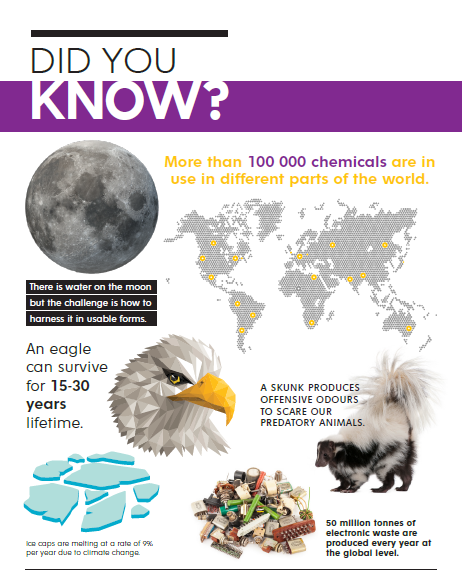Wildlife consists of organisms that live and grow freely in the environment. The variety of wildlife is so rich that some species have not been discovered. Yet, most species now are heading towards extinction due to human induced challenges. Endangered species include the African elephant, black rhino, hawksbill turtle, mountain gorilla and the African Wild Dog.
Cautiousness has risen over the years on human activities effects on wildlife and biodiversity. To resolve the issue, certain methods are now being followed in order to conserve wildlife. Wildlife conservation is the practice of protecting plant and animal species including their habitats in order to conserve the species and their biodiversity.
The African wild dog specie (Lycaon Pictus) is endangered. It has unique characteristic, essential for balancing ecosystem functions. Approximately, 6600 African wild dogs remain in the wild after being endangered for over 20 years. They have a colourful patchy coat with large bat-like ears and a bushy tail with a white tip that serve as a flag to keep the pack in track while hunting with a of maximum of 40 individuals and a ground cover of about 12 miles on average. The colourful markings are unique that no two wild dogs are marked exactly the same.
The African wild dog habitat are located in forests, grasslands and deserts. In Zimbabwe, they are found at Hwange National Park. The natural life span of these species is about 10 to 12 years. In a sprint when hunting, they can reach 44 miles per hour. Before the recent population decline, packs of up to 100 were recorded. African wild dogs are social and intelligent. They have a unique social structure that help them cooperate in taking care of their fellow wounded and sick members. Their affectionate towards each other seems cautious as they do not show aggression and less intimidation in their behavioural patterns.
African wild dogs are good hunters and they have a diverse taste. They are mostly fond of antelopes, warthogs, and birds when they go for a hunt. Within the ecosystem, they play an important role by eliminating unfit and weak species through their consumption. The elimination of unfit species helps to maintain the natural balance and improve the genetic diversity of various species through the survival of the fittest.
Disturbance and loss of habitats is endangering the African wild dogs. Due to urbanization and agriculture, habitats for the African wild dog are being destroyed by human activities. Clearing land and vegetation in these habitats disturbs the conditions suitable to accommodate the African wild dog. This forces the species to migrate to other areas resulting in food shortages, disease contraction and exposure to harsh conditions which decreases its population and leads to endangerment and extinction eventually.
Sometimes, the African wild dog lives closely to human communities. This chips in serious human-wildlife conflicts that arise from pressure on resource utilisation such as water and food. When resources get scarce, the African wild dog in search for food venture into communities and attack livestock. This sparks hatred between the species and communities, such that the affected communities respond to the situation with sour intelligence which results in undesirable outputs.
Poaching deprives protected areas established to conserve wildlife in order to gain quick money from the resources locked in wildlife. Poachers use wire snares intended to kill large animals. The African wild dog is vulnerable to the traps of wire snares due to the ground it covers when hunting, 12 miles per day on average. Sometimes poachers use water sources poisoning with cyanide, normally targeted for elephants in search of ivory but in the process, it kills other species that consume the contaminated water.
To conserve wildlife including the African wild dog, there is urgent need for proactive and efficient urban planning. The urban planning process and decisions should identify unique habitats and environments which accommodate wildlife and biodiversity in order to conserve these areas through protected areas such national parks and game reserves. Urban planning can also help to allocate and separate communities from wildlife habitats through geographic information systems and remote sensing.
Differentiating settlements and protected areas could help to reduce human-wildlife conflict as there is no direct and primary contact and interaction between communities and wildlife. To curb poaching, awareness can be raised in the surrounding communities and also engage the communities in the decision-making process towards conservation of wildlife through schemes like the Community Based Natural Resource Management (CBNRM). CBNRM is a people-centred approach to the integration of conservation of the natural resource base (water, soil, trees and local biodiversity) and development to overcome poverty, hunger and diseases.



